If you’ve ever caught a whiff of the sweet, intoxicating aroma of a champa flower plant, you’ll know why it’s been revered for centuries in many cultures around the world.
This stunningly beautiful flower with its distinctive scent has been the subject of many poems, songs, and stories, and it’s no wonder why.
The champa plant, also known as frangipani, is not just a pretty flower, but also a treasure trove of medicinal and spiritual properties.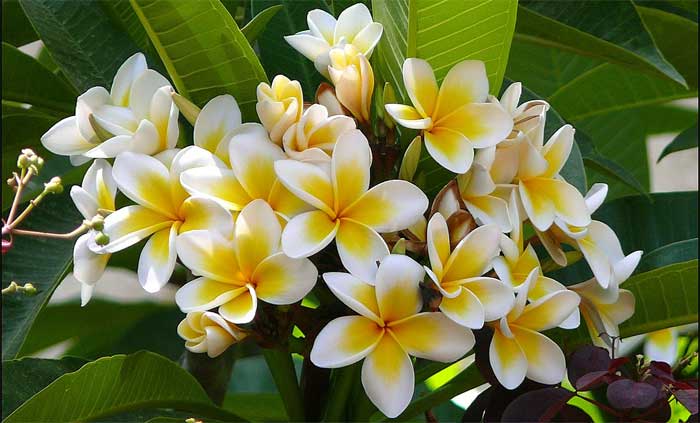
In this comprehensive guide, we’ll explore everything you need to know about the champa flower plant, from its origins and varieties to its benefits, uses, and symbolism.
However, the champa flower plant or any of its type like nag champa plant, swarna, son, hari or any type of champa flower plant can be a good fit for your terrace garden as well.
Origins and Varieties of the Champa Plant
The champa plant is native to tropical regions of Central America, the Caribbean, and South America, but it has been widely cultivated in many other parts of the world, including India, Thailand, and Indonesia.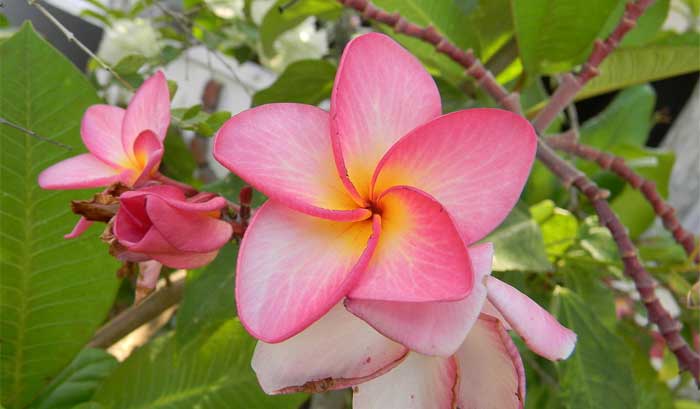
It belongs to the family Apocynaceae and is scientifically known as Plumeria rubra. The Champa plant is a small tree or shrub that can grow up to 8 meters in height.
Consider reading about types of money plant as well here.
It has thick, succulent branches and glossy, dark green leaves that are arranged spirally.
There are many different varieties of the Champa plant, each with its own unique characteristics. Some of the most popular ones are:
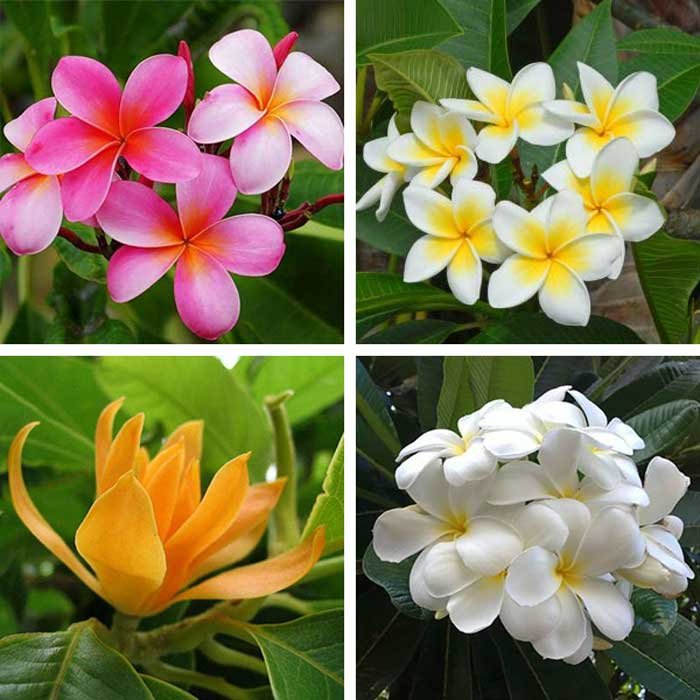
Plumeria Rubra: This is the most common variety of champa plant, with red or pink flowers that have a yellow center.
Plumeria alba: This variety has white flowers with a yellow center and is often used in wedding decorations and garlands.
Plumeria obtusa: This variety has cream-colored flowers that are smaller than other varieties, but they have a more intense fragrance.
Plumeria pudica: This variety has white flowers with a yellow center and is also known as the Bridal Bouquet.
Also read about jade plant benefits as well here.
Benefits of the Champa Plant
The champa flower plant is not just a beautiful flower, but also a treasure trove of medicinal properties.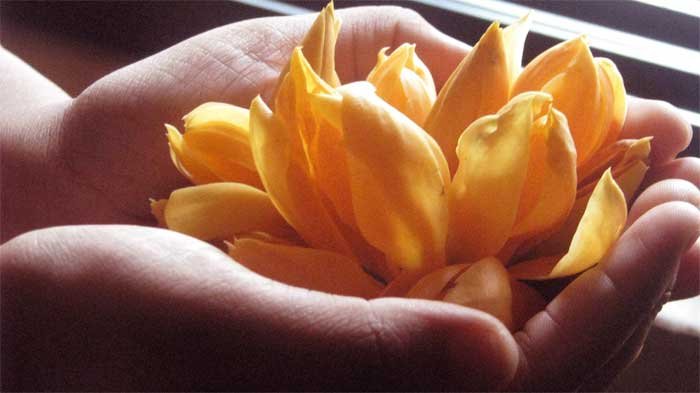
It has been used for centuries in traditional medicine to treat a variety of ailments, including:
Skin problems: The champa plant has antibacterial and anti-inflammatory properties that make it effective in treating skin problems like eczema, psoriasis, and acne.
Respiratory problems: The champa plant has expectorant properties that make it useful in treating respiratory problems like coughs, colds, and bronchitis.
Digestive problems: The champa plant has digestive properties that make it useful in treating digestive problems like indigestion, bloating, and constipation.
Stress and anxiety: The champa plant has a calming effect on the mind and body, making it useful in treating stress and anxiety.
You may also like to read about spider plant benefits as well here.
Uses of the Champa Plant
Apart from its medicinal properties, the champa plant is also used in many other ways. Some of the most common uses of the champa plant are:
Perfumes and cosmetics: The champa plant is widely used in the fragrance industry and is a common ingredient in perfumes, lotions, and soaps.
Religious and spiritual purposes: The champa plant is considered sacred in many cultures and is used in religious ceremonies, especially in Hinduism and Buddhism.
Decorations: The champa plant is often used in flower arrangements, garlands, and wedding decorations.
Here are some important snake plant benefits you should also know while bringing a snake plant at home.
Ornamental purposes: The champa plant is a popular ornamental plant and is grown for its beautiful flowers and distinctive fragrance.
Symbolism of the Champa Plant
The champa plant has deep spiritual significance in many cultures around the world.
Hinduism: In Hinduism, the champa plant is associated with several deities, including Lord Vishnu, Lord Shiva, and Lord Krishna.
It is believed that the champa plant symbolizes purity, devotion, and enlightenment. The champa flower is often used in Hindu religious ceremonies, and it is said that offering the champa flower to the gods brings good luck and blessings.
Do check out the areca palm benefits and its care here.
Buddhism: In Buddhism, the champa plant is associated with the Buddhist concept of impermanence.
The champa flower blooms for only a short period before falling to the ground, reminding us that all things are impermanent and fleeting.
The champa flower is also associated with enlightenment and the attainment of Nirvana.
Also read about the insulin plant and its uses here.
Hawaiian culture: In Hawaiian culture, the champa plant is known as melia, and it is associated with the goddess Pele.
The champa flower is said to represent the tears of Pele, and it is often used in traditional Hawaiian lei-making.
Consider reading about touch me not plant and its secrets here.
Chinese culture: In Chinese culture, the champa plant is known as the jin yin hua, and it is associated with good fortune and longevity.
The champa flower is often used in Chinese New Year celebrations and other auspicious occasions.
Philippine culture: In Philippine culture, the champa plant is known as kalachuchi, and it is associated with love and romance.
The champa flower is often used in wedding decorations and is a popular gift for couples in love.
Consider Reading:
How to Grow and Care for Champa Plants
If you want to grow your own champa plant, here are some tips to help you get started:
Climate: Champa plants thrive in tropical and subtropical climates and require plenty of sunlight and warmth to grow.  They are not frost-tolerant and should be kept indoors or in a greenhouse during the winter months.
They are not frost-tolerant and should be kept indoors or in a greenhouse during the winter months.
Soil: Champa plants prefer well-draining, sandy soil with a pH level between 6.0 and 7.5. 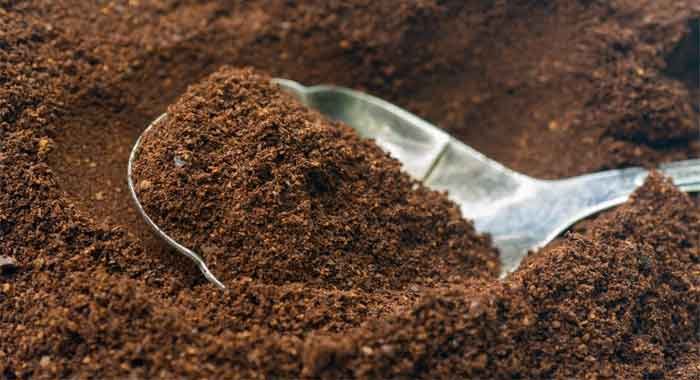 They should be planted in a location with good drainage and watered regularly.
They should be planted in a location with good drainage and watered regularly.
Fertilizer: Champa plants benefit from regular fertilization with a balanced fertilizer. 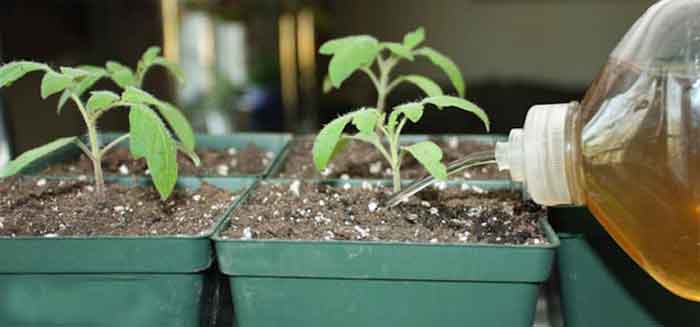 They should be fertilized every 2-3 weeks during the growing season.
They should be fertilized every 2-3 weeks during the growing season.
Pruning: Champa plants should be pruned regularly to maintain their shape and promote healthy growth. 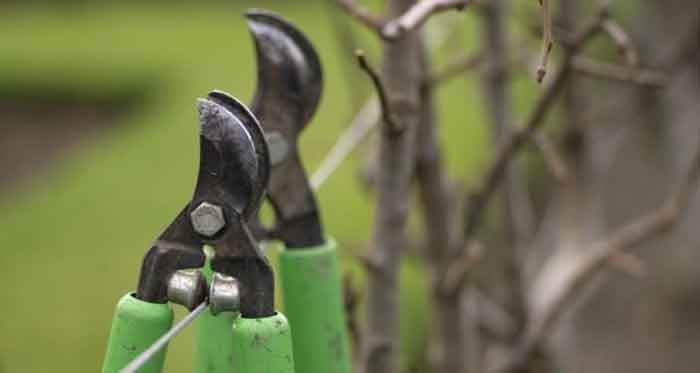 Prune away any dead or damaged branches and cut back any overly long branches.
Prune away any dead or damaged branches and cut back any overly long branches.
Pests and Diseases: Champa plants are relatively pest and disease-resistant, but they can be susceptible to aphids, mealybugs, and spider mites. 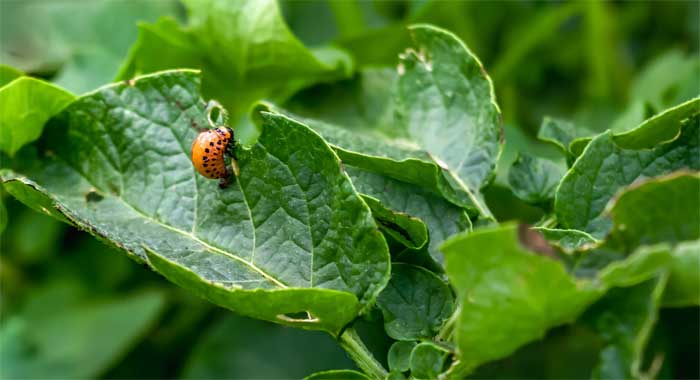 If you notice any signs of pests or diseases, treat them immediately with an appropriate pesticide or fungicide.
If you notice any signs of pests or diseases, treat them immediately with an appropriate pesticide or fungicide.
Conclusion
The champa plant is truly a remarkable flower with a rich history and cultural significance. From its medicinal properties to its use in perfumes and cosmetics, the champa plant has something to offer everyone.
Whether you’re looking to grow your own champa plant or simply enjoy its beauty and fragrance, there’s no denying the enchanting allure of this stunning flower.
We hope this comprehensive guide has inspired you to learn more about the champa plant and all that it has to offer.


